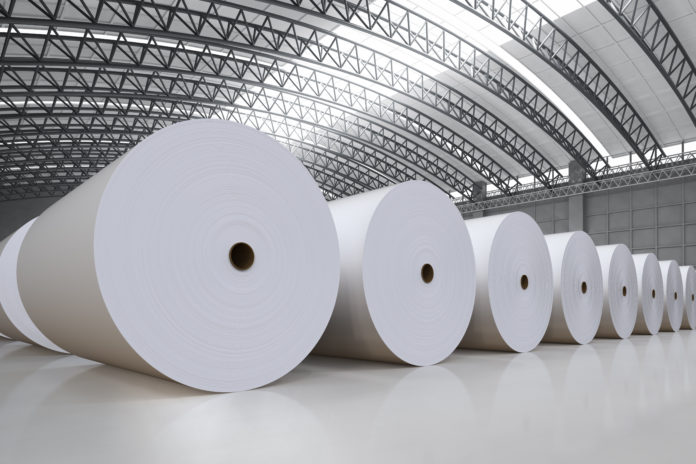If you’ve bought a printed paper product recently, you may have noticed that it has increased in price. If you’ve tried to have something printed recently, you probably have noticed that that costs more. Some of those costs have to do with the printing companies, but a good deal of those increased costs are due to the rising cost of paper itself.
The story about the increased costs involves the supply chain and the labor market, and it showcases the problems that many industries of different sorts have been having, though there are also elements that are very specific to the paper and printing industry.
The importance of paper is something that many of us may not think about. We learn from sefarim and we read magazines and print things out. But what would happen if we were deprived of paper is a situation we don’t consider.
One interesting consequence of problems with the paper supply has been questions about elections. Back in January, Texas had to limit the number of voter registrations it sent out to civil society groups for the March primaries because it couldn’t get enough printed in time. A number of local officials have been saying that they may not have enough paper ballots for the midterms if action isn’t taken quickly, including increased funding from Congress.
Another place the paper shortage made a difference was in an important shareholder vote for the UK-based money management company abrdn, which had plans to buy the online investment service Interactive Investor. The vote was scheduled for early February, but they were forced to delay it simply because the UK’s rules about corporate acquisitions require that paper documents be sent to all shareholders—and they couldn’t get them printed in time.
But what are the factors behind the paper shortage?
M
any of the problems the paper industry faces are the same as those other industries experienced during the pandemic. Whiplash in regard to demand is one factor. Problems with transportation, both in shipping and trucking, have raised prices and delayed deliveries. A lack of employees has made some production harder.
There were also some changes in the paper industry even before COVID. Demand for regular printing paper overall had been dropping. Some factories were converted from producing printing paper to producing cardboard or other packing papers, which increased during COVID due to the rising need for shipping boxes. A series of mergers and acquisitions of paper mills and paper companies has led to closures and streamlining efforts, some of which have reduced the amount of printing paper that is being produced.
(Printing facilities have also been affected by mergers, with a number of US facilities closed over the past few years.)
Some other factors have been mentioned by observers. There was an explosion at the Androscoggin Mill in Maine in 2020 that reduced the supply of wood pulp from the market by 240,000 tons a year. There has been an ongoing strike in Finland at a paper producer that has affected some European paper supplies, with some claiming that this is affecting the US as well. (The World Print & Communication Forum made that claim in a March press release.) China has increased its demand for specific types of paper, like tissue, amid the pandemic.
With all of these factors coming together, the prices of raw materials and finished products have increased. In China, prices for wood pulp almost doubled just from the last quarter of 2020 through the first months of 2021. The US and Canada saw heavy increases in the prices of wood pulp, as well, if not as high as that.





















